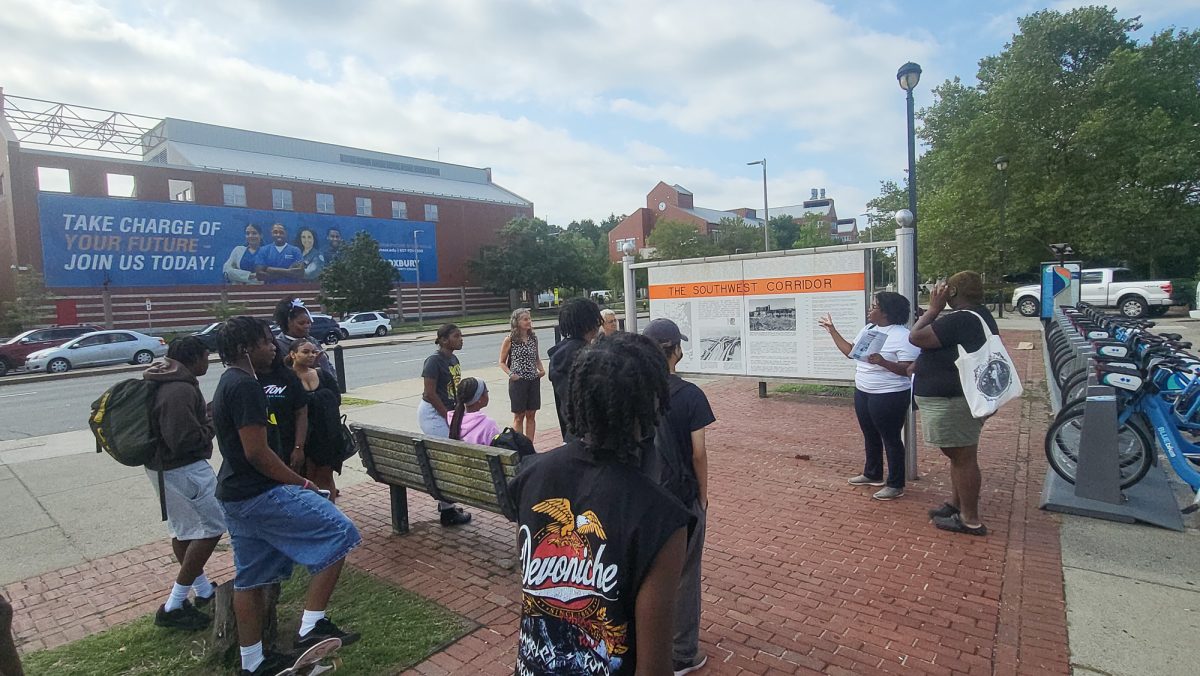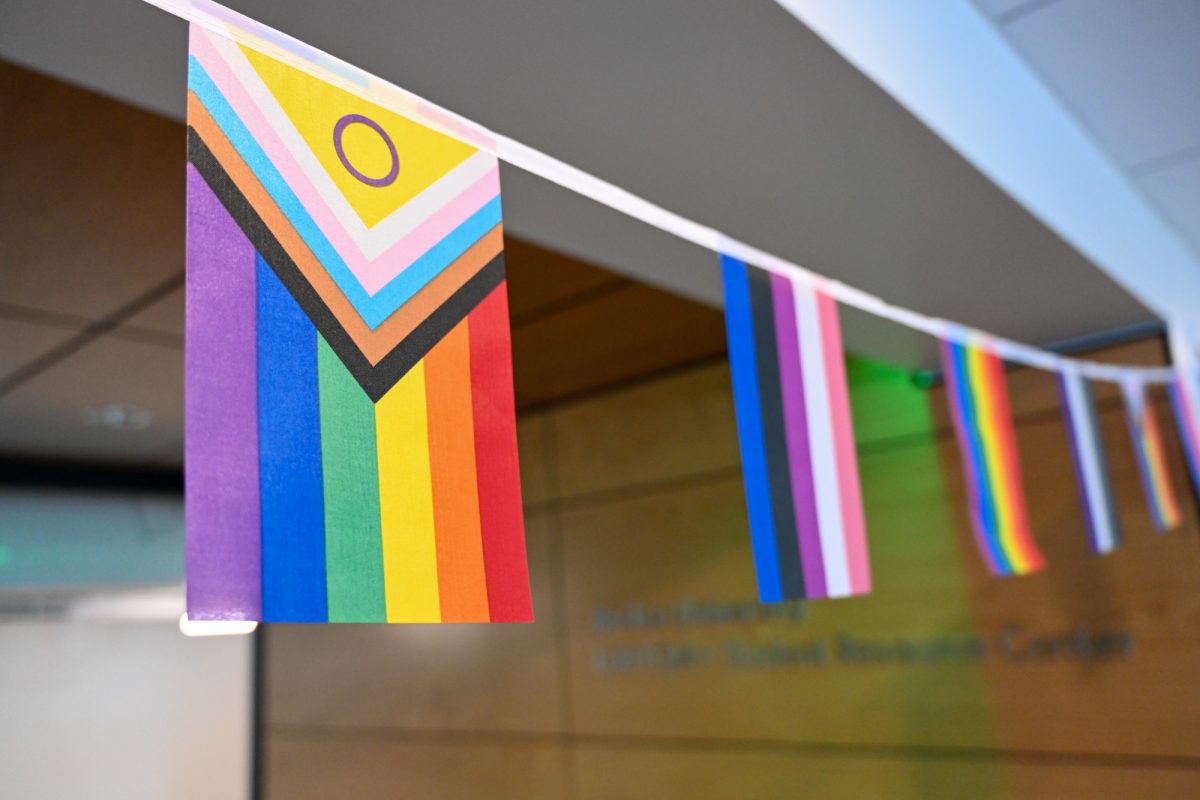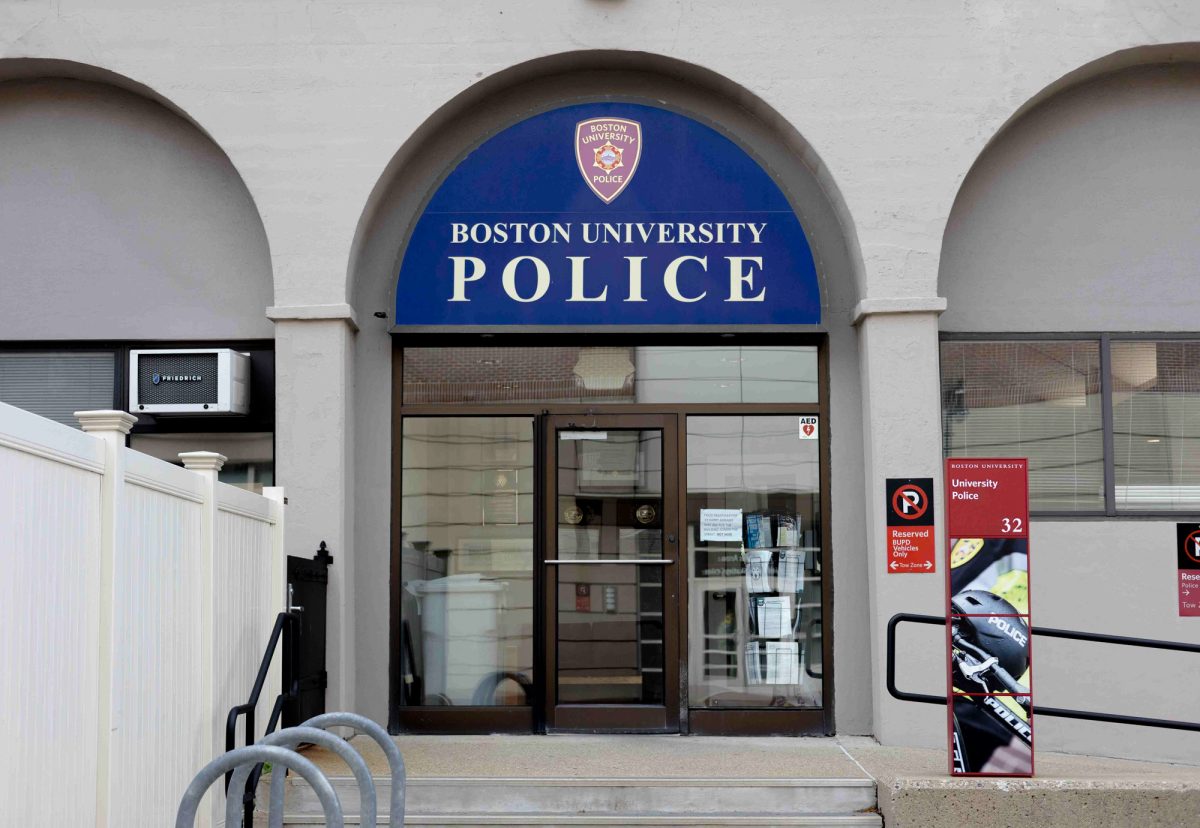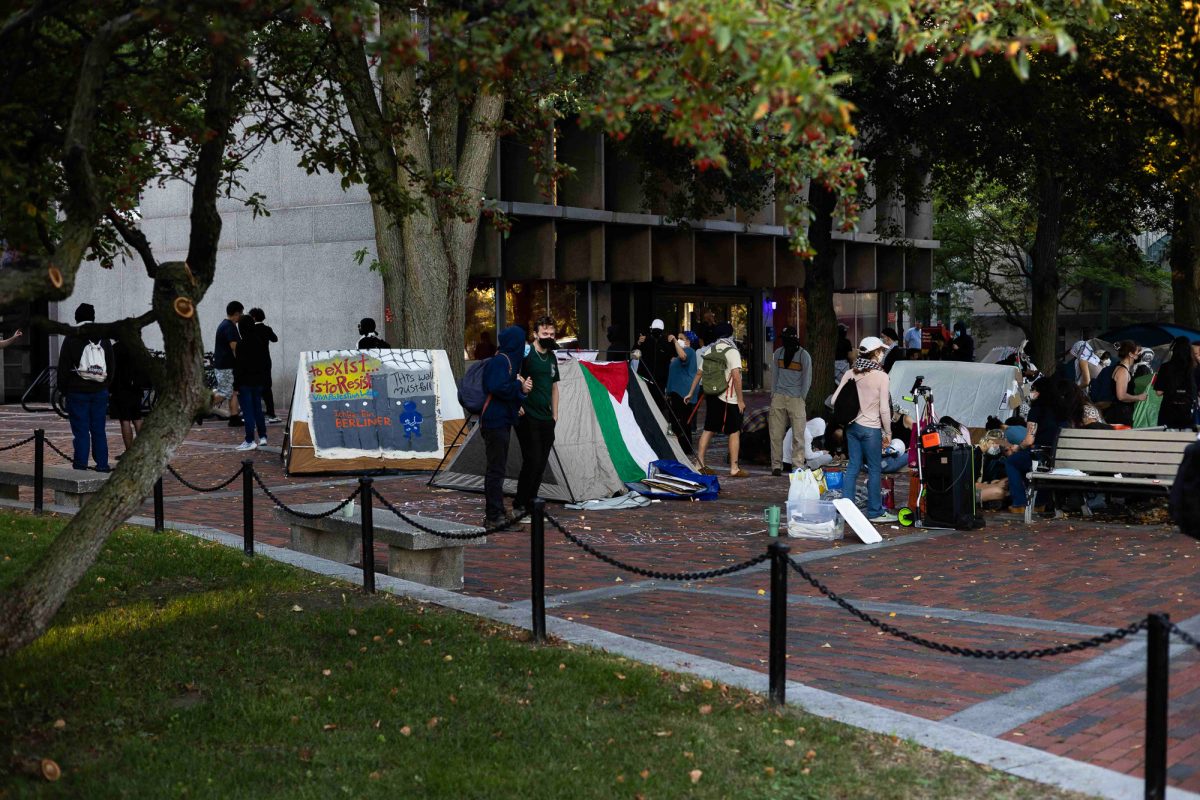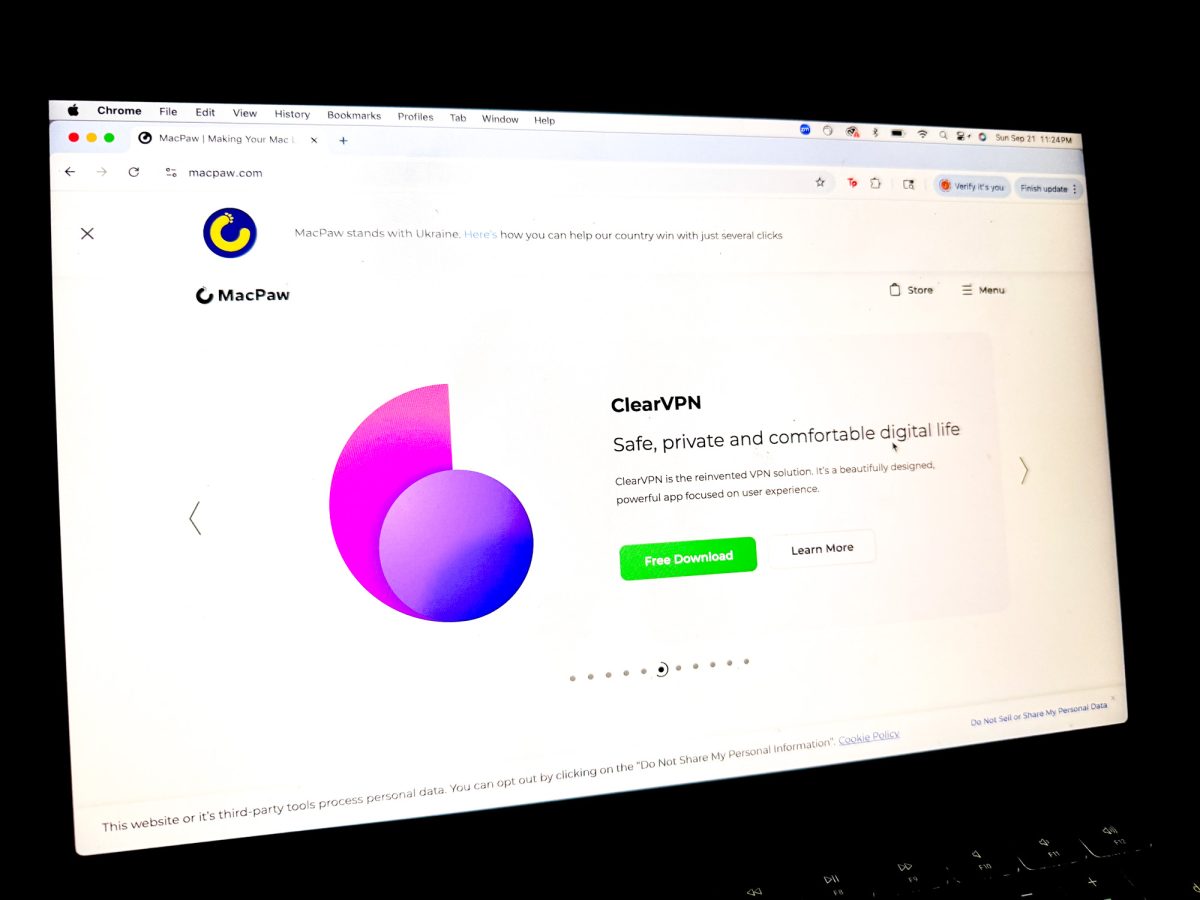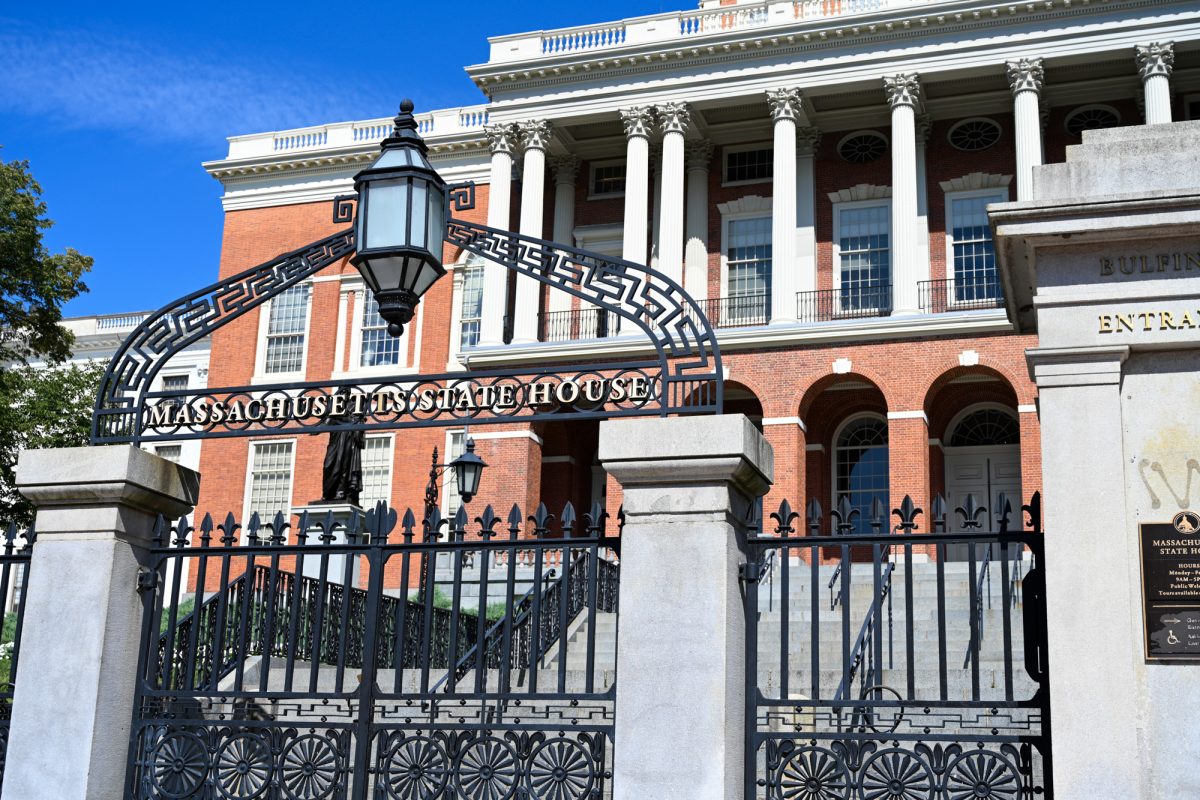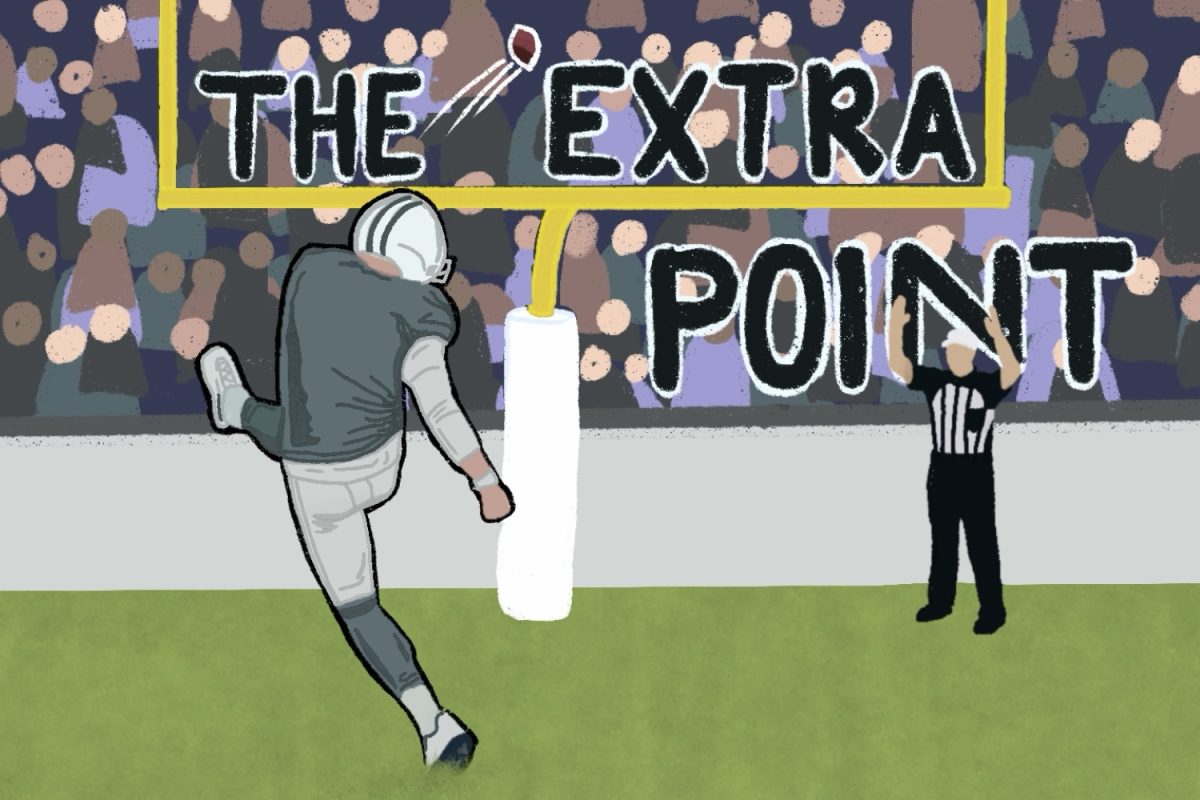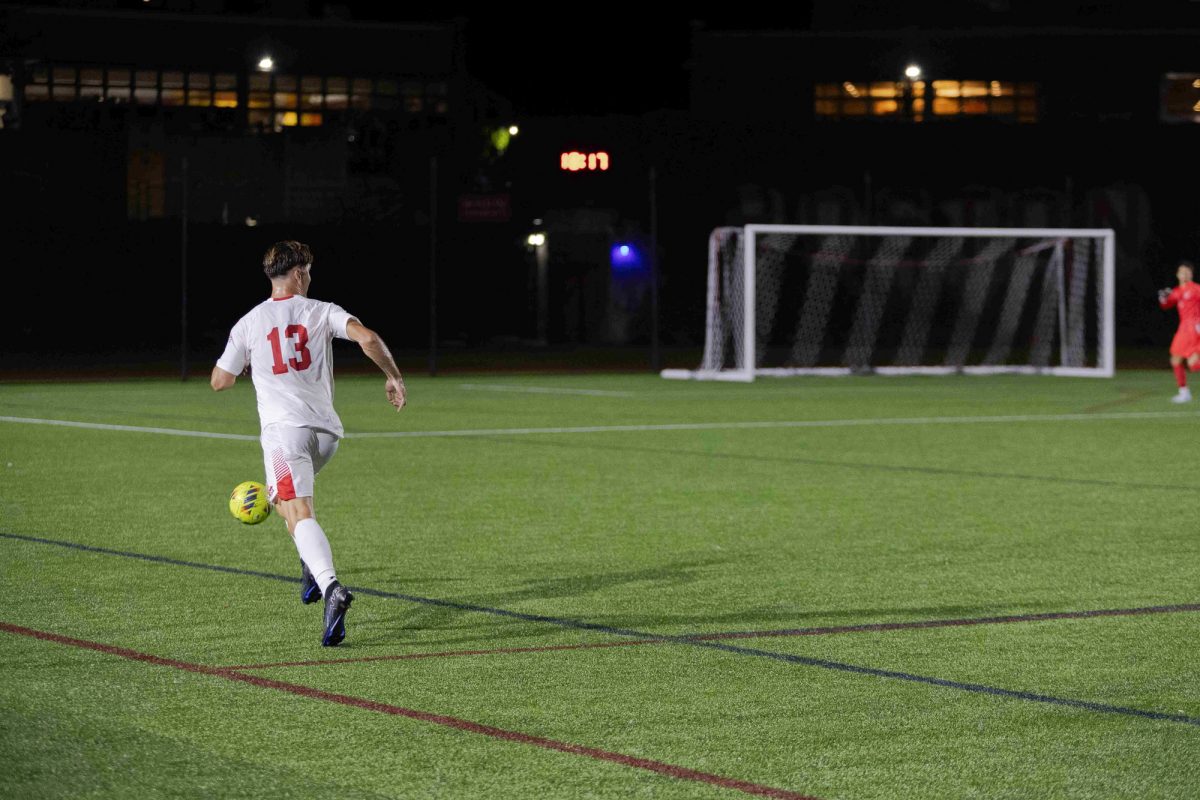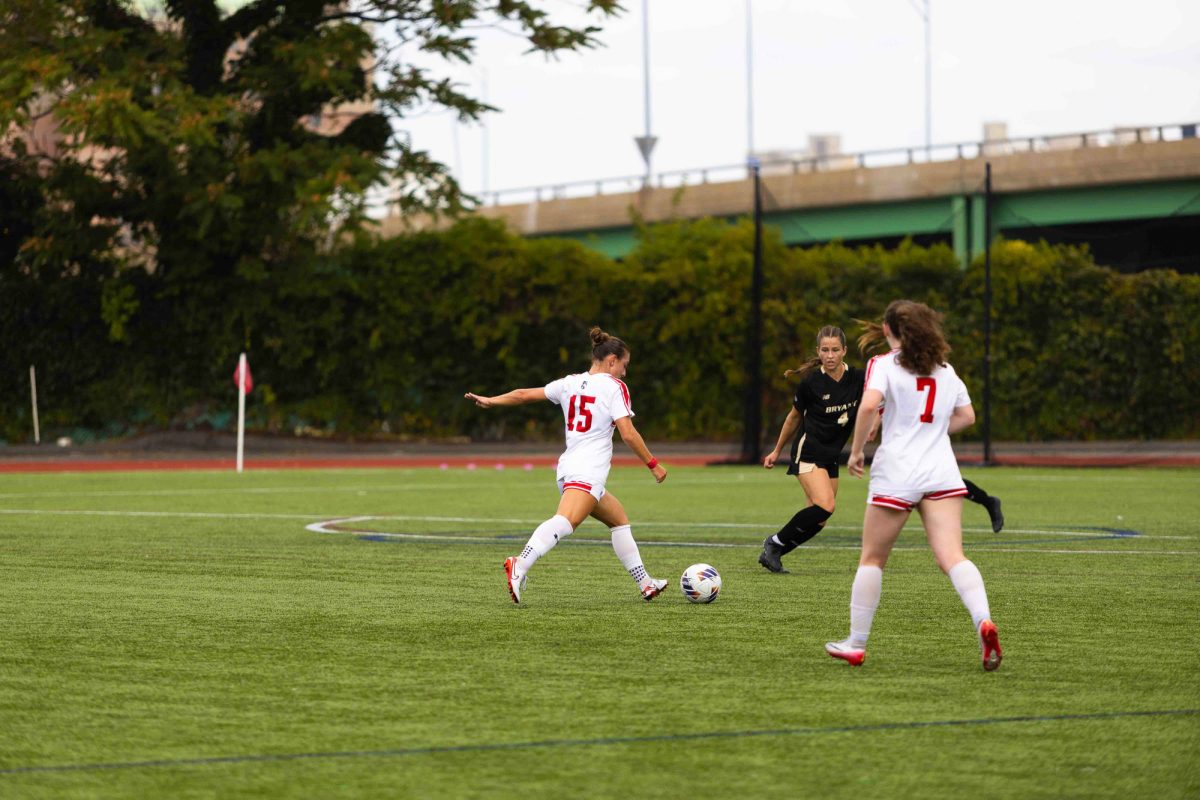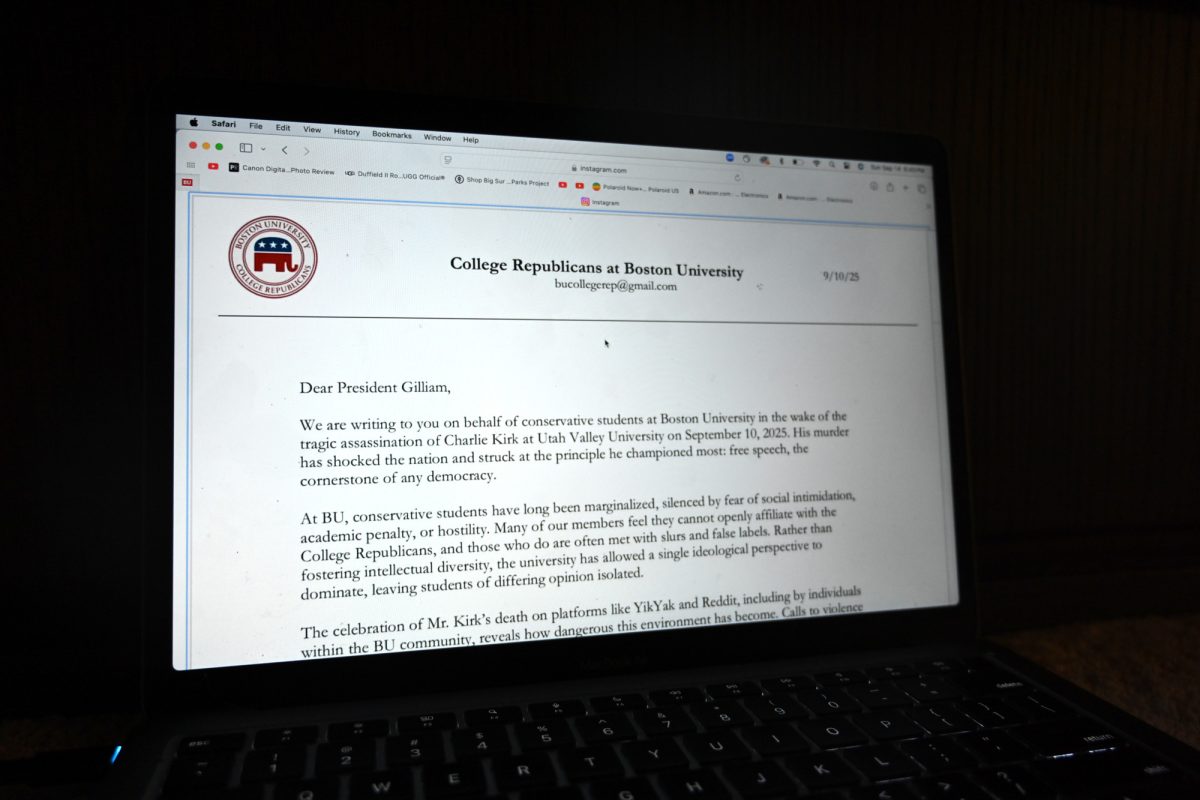
Boston University is looking to prevent a third-straight semester of overenrollment following a record-setting 80,747 student applications for the Class of 2026.
The Office of Admissions plans to employ recently developed yield production models to avert similar outcomes.
BU President Robert Brown said the University had not been “comfortable” with the overenrollment in this year’s freshman class and was working to prevent a similar outcome in the future, in a Dec. 2021 interview with The Daily Free Press.
“We did not purposely increase our class size,” Brown said at the time. “Now we have one data point and we’re working hard not to have it happen again because it’s not good for the University.”
The Office of Admissions set a target enrollment of 3,200 students for the class of 2025 last year, but ultimately enrolled 4,011, said Kelly Walter, associate vice president for enrollment and BU’s dean of admissions.
“The University plans for class sizes, we plan for residence hall enrollments, we plan for meals, we plan for staffing,” Walter said. “And so when you bring in either a larger class or a smaller class, all of those individuals, those departments, those programs, those services, are impacted.”
Walter said the biggest factor that contributed to this year’s overenrollment was the shift to a test-optional admissions process and a 24% increase in first-year applications, the largest year-to-year jump in the school’s history.
This year’s incoming College of General Studies class — who normally matriculate in the spring — exceeded the school’s target enrollment by 118 students, as reported by The Daily Free Press in January.
About half of all students in the CGS class of 2025 are now being housed at the University’s newly reopened Fenway Campus, nearly a mile from Central Campus. Some of these expressed frustrations over long commutes to classes and their isolation from students outside of their program.
Walter said the University’s yield on applications — the percentage of students who accept an offer of admission — has steadily been increasing over the past ten years at a rate of around one percentage point. Last year, the yield jumped by three points to 32%.
One of the most significant causes of that shift was the University’s decision — along with over 1,800 other colleges, according to data compiled by The National Center for Fair and Open Testing — to make SAT and ACT test scores optional on applications.
That decision was forced onto many universities because high school students were unable to sit for standardized tests as a result of the pandemic. Walter said the difference in yield between students who submitted standardized test scores and students who did not was six points.
“That is a huge difference. We never see that kind of differential in yield. It was unprecedented,” she said.
The University extended its test-optional policy for students applying for admission to the fall 2023 and spring 2024 semesters, Walter stated in January.
Some students expressed positive opinions over the University’s decision to make test scores optional, noting it benefited many high school students during the pandemic.
“I don’t think [test scores] are true tellings about what a student can do,” said Juliet Schlesinger, a junior in the College of Communication. “So, therefore, I think that’s great that it could be optional.”
President Brown also said in December that there was a “flight to quality” in higher education this year, adding incoming students flocked towards larger, more multi-college research universities over smaller schools.
One potential cause of that shift, Walter said, was that prospective students were able to watch how those larger schools responded to the pandemic and operated in it.
BU, on its own account, allowed students to return to campus at the start of the academic year, restarted in-person teaching and established routine protocols around testing and contact tracing.
Other local universities, such as Boston College and Northeastern University, conducted weekly testing, limited guests and required students to get vaccinated. Both universities kept their COVID-19 positivity rates below 0.3% in fall 2021 and their incoming class sizes were 2,516 and 4,504, respectively.
“All those resources that we put into ensuring that the campus community would be safe … spoke volumes to prospective students and their parents about our commitment not just to a quality education, but to providing a quality academic experience for students,” Walter said. “Small colleges did not have the wherewithal to do that.”
Manny Shoyombo, a freshman in the Questrom School of Business, said BU’s COVID-19 policies did not influence his decision to enroll, though noted the policies are more lenient when compared to other schools in the area.
“After [winter] break [a few other schools] had virtual school for like two weeks,” Shoyombo said. “But us, we just came here in person.”
This year, Walter said, the Office of Admissions is relying on “a whole new model” to predict the yield on students who chose not to submit tests, adding the office is better equipped now that they have a data point from last year.
BU is expecting 3,100 applicants to enroll for the Class of 2026, 100 students less than last year’s target. With nearly 81,000 applications to filter and evaluate, Walter said that there was “no doubt that the competition for admission this year is going to be more rigorous than probably ever in our history.”
The increased competition follows a decadelong trend at Boston University. In 2012 the acceptance at the University was 45.5%. Last year, even with a higher than anticipated yield, it dropped to 18.3%.
“Can I tell you today what the admit rate will be?” Walter said. “I can’t, but I’m pretty certain it will not be 18%, and it’s going to be lower than that.”


